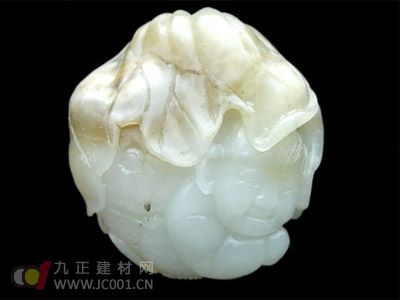Mixian Jade, also known as Mi County Jade, is a unique type of jade that originates from Mi County in Henan Province. It is often referred to as "double mountain jade" due to its composition of altered plagioclase feldspar. The primary minerals found in Mixian Jade include plagioclase (mainly calcium feldspar), bismuth stone, diopside, chrome mica, epidote, and actinolite. Its texture is typically dense and cryptocrystalline, with grain sizes usually less than 0.1mm. The structure may appear blocky, striped, or plaque-like, giving it a distinct visual appeal.
As a type of quartzite jade, Mixian Jade is predominantly green in color, which contributes to its jade-like characteristics. This has earned it the nickname "Henan Cui," highlighting its local significance and aesthetic value. The craftsmanship of Mixian Jade items is renowned for its fine detail and artistry, making it a popular choice among collectors and artisans alike.

Historically, Mixian Jade was used by ancient people for various purposes, such as cigarette holders and bracelets. In 1958, the Mi County Industrial Bureau initiated large-scale mining operations, marking a significant step in the commercialization of this gemstone. By 1964, a dedicated jade mine was established, and annual production reached around 200 tons. Today, Mixian Jade stands as one of China's most important jade varieties, valued not only for its beauty but also for its cultural and historical significance.